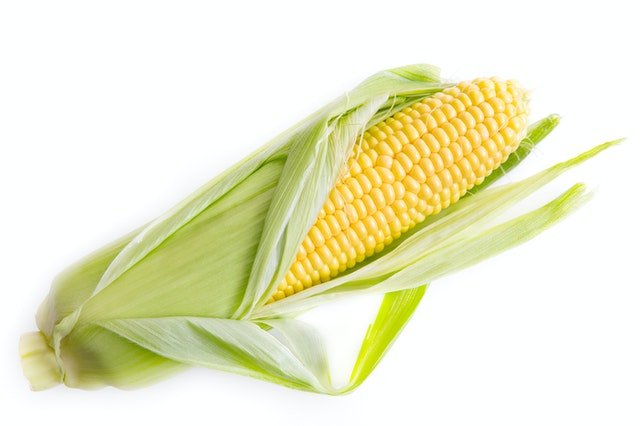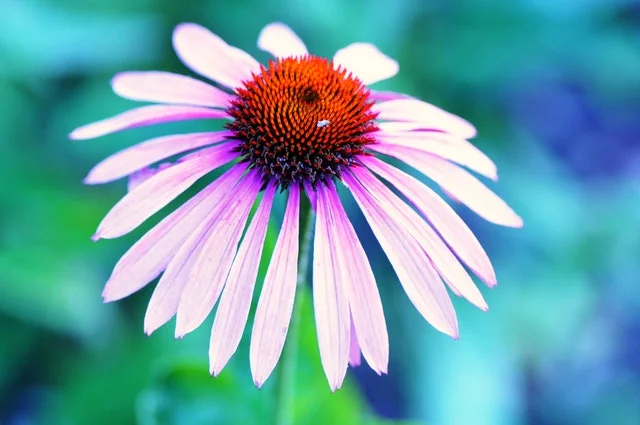
The white oil is a chemical compound widely used in various fields, despite its toxicity is employed in agriculture, veterinary medicine, electronic and … in cosmetics. In fact, we can also find this ingredient in emollient oils for babies and children.
The terms white oil and mineral oil are synonymous. In both cases it is an oily blend made from petroleum.
Please note: white oil should not be confused with mineral oil even if in both cases they are mixtures of hydrocarbons obtained by distillation of crude oil. So how to distinguish them? Each package has its own label… but in any case, white oil, unlike white oil, is odorless!
White oil: composition
The white oil is a mixture consisting for the most part from long-chain alkanes (containing about 15-40 carbon atoms) derived from petroleum.
The oil mineral is transparent, colorless and odorless. From a chemical point of view it is composed mainly of alkanes and to a lesser extent of cycloalkanes. It has a density of about 0.8g / cm3.
According to its use, white oil can have a different composition , an example is the addition of volatile perfumed compounds when intended for cosmetic use.
The white oil or mineral oil, is produced by fractional distillation of crude oil.
White oil: toxic to humans
WHO, the world health organization, classifies untreated or only mildly treating mineral oils in Group 1 of human carcinogens. It means they are considered carcinogenic to humans. Due to the danger to human health, both in the United Kingdom and in the United States, there are very strict regulations related to the exposure times to white oil by the professionals involved in its production.
White oil: toxicity to parasites and plants
The white oil exerts a toxic both on plants (phytotoxic) than on its parasites.
Toxicity for plants (phytoxicity) is a consequence of the penetration of the oily liquid by capillarity inside the plant tissues. For this reason it is recommended to perform treatments in moderation and at consistent intervals.
The insecticidal action (toxicity on plant parasites) is linked to the density of the liquid: the white oil causes the occlusion of the tracheal spiracles of insects with consequent death by asphyxiation.
To lower toxicity on plants, the composition of white oil for agricultural use is biased in favor of paraffins (high molecular weight aliphatic hydrocarbons or alkanes). In order not to be toxic to plants, white oil for agricultural use undergoes a further refining process after distillation.
Insecticidal white oil: where to buy it
The white oil is easy to find on the market. You can contact an agricultural consortium, a well-stocked garden center or nursery. Alternatively you can take advantage of online trading.
Homemade white oil
If you are looking for an eco-friendly alternative, know that you can make a DIY version of the mineral oil at home. The white oil homemade prepares from corn oil, soybean oil or other vegetable oils enriched with the detergent. In this case, use must take place at high time intervals.
White oil in food
Fortunately, the use of mineral oil in food has not been approved in the European Union, but outside Europe it is occasionally used in the food industry. It is mainly used for the preparation of sweets and indicated on the label as “E905a”.
Due to its water repellent properties, it is often used for the treatment of wooden kitchen cutting boards.
White oil in cosmetics
Baby oil itself is often made from fragrant mineral oi . The white oil is also found in toiletries. In particular, among the ingredients it is listed as:
- Paraffinum Liquidum
- Paraffinum subliquidum
It is a ubiquitous ingredient, the most refined mineral oil does not clog pores.






